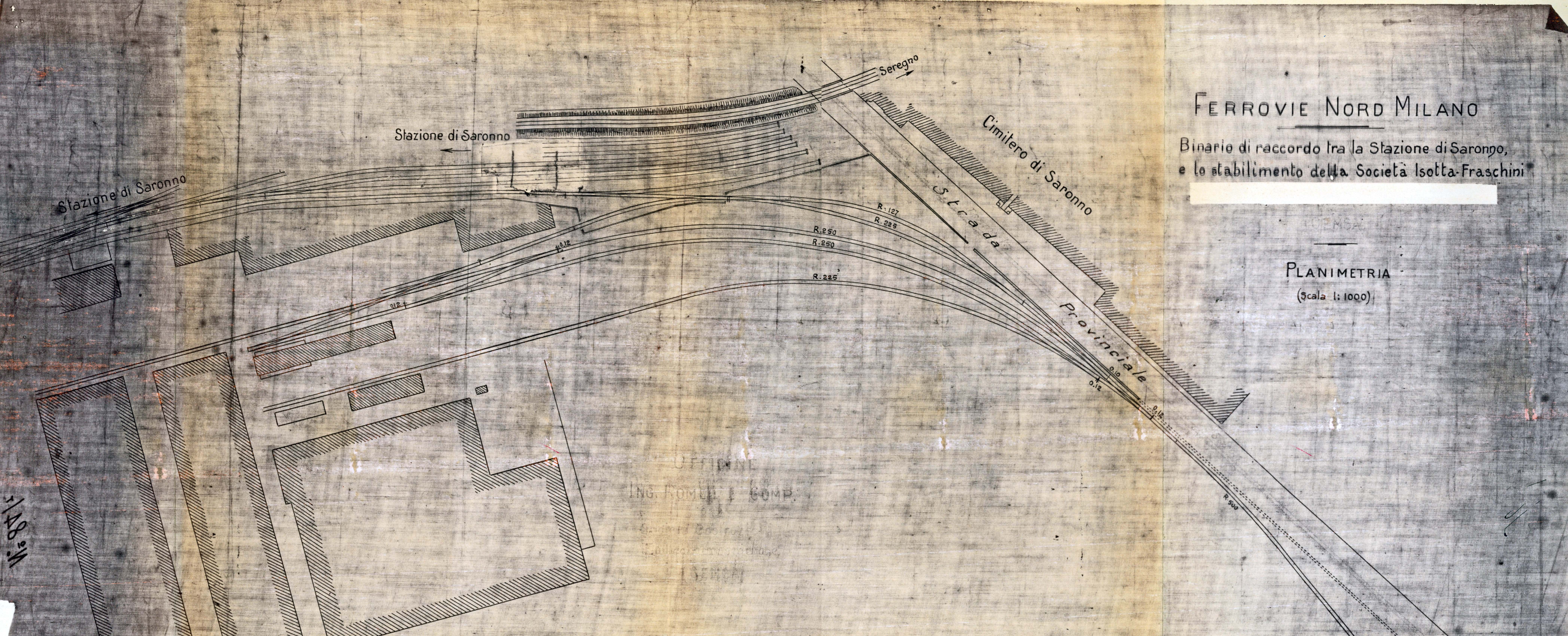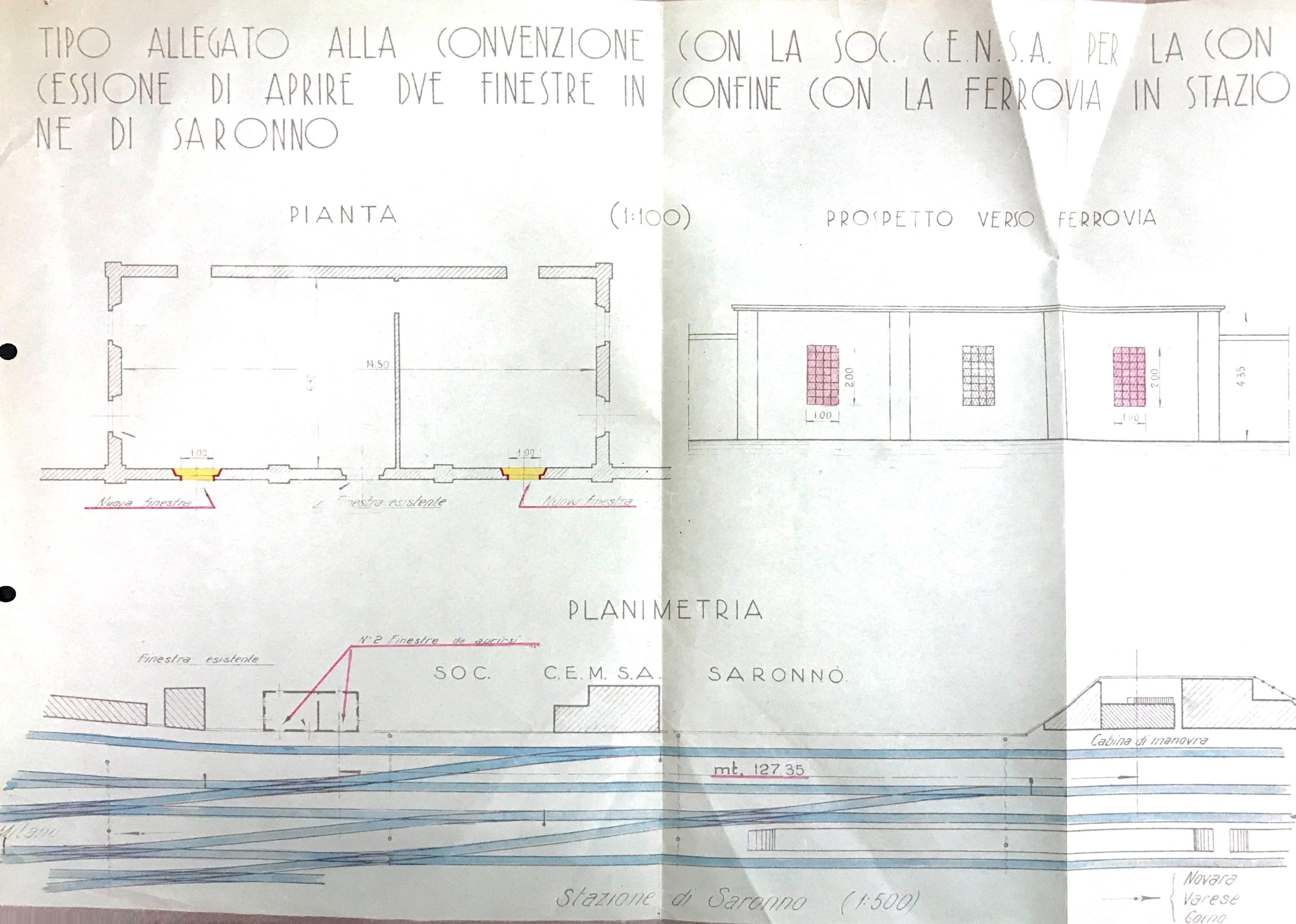
Isotta Fraschini and CEMSA Saronno
Isotta Fraschini was founded in 1900 as Società milanese d'automobili Isotta Fraschini & C. by Cesare Isotta and brothers Vincenzo, Oreste and Antonio Fraschini. Initially the company dealt with the assembly of parts and components of foreign vehicles, assembly on chassis of its own design and construction, the sale of the resulting cars, and the sale of imported vehicles. Soon the company began to design and manufacture all the parts itself, and in 1904 it became Isotta Fraschini S.p.A. Milano. For many years it designed and produced exceptional engines for aeronautical, marine, civil and military use, as well as vehicles for both civil and military use. In the 1930s, the plant relocated some of its facilities, and later those in Via Monterosa in Milan due to bombing during the war, to the Saronno area. This created a substantial industrial hub in Saronno. At the end of the war, however, the company’s shift from war production to civil production was unsuccessful and the company went into liquidation. In 1955, the company merged with Milan-based Breda Motori, forming F.A. Isotta Fraschini e Motori Breda, with a plant in Via Milano in Saronno. Key products for the railway, marine and industrial sectors were designed and produced there.
Around the same time, backed by Credito Italiano, engineer Nicola Romeo founded CEMSA, Costruzioni Elettro Mecchaniche di Saronno, which would become one of the largest factories in the metalworking sector in the city, and one of the biggest in Lombardy.
Meanwhile, through letters and drawings and, more rarely, visits in person, engineer Kálmán Kandó had begun to give shape to his dream: building a locomotive that could run both on existing electric railway lines (those with the complex three-phase system) and on the new single-phase alternating current system, which required simpler equipment and was then beginning to establish itself abroad.
Gallery

Plan of the siding 
Appendix to the agreement showing a plan of the building